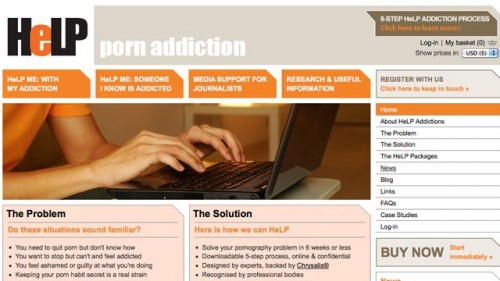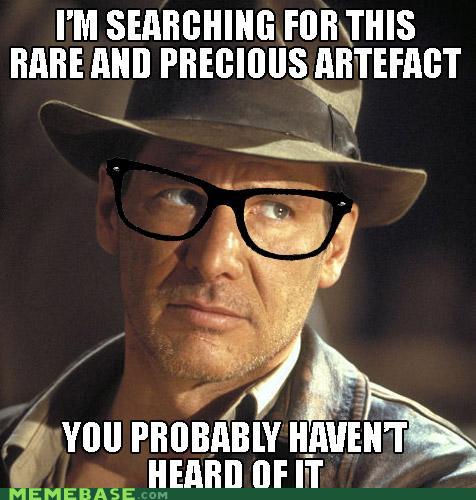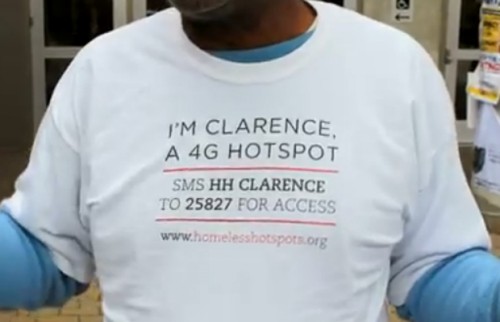By now, we have all heard the warning: potential employers will look at your Facebook page. We have been sufficiently terrified by the cautionary tale about the keg-stand profile pic (why is it always a keg stand?) that kept some otherwise capable candidate from getting hired. Indeed, we have taken note, with increased utilization of privacy settings and a collective awareness by job candidates about the visibility of social network sites.
Now, with the quickly spreading news of Justin Bassett, the warnings (and inevitable cautionary tales) become more epic. Bassett is a statistician out of New York, who, while on a job interview, was asked to log in to his social network profile. Bassett not only refused, but shared his story widely, sparking debates about privacy, employee rights, and the blurring line between personal and professional. more...










